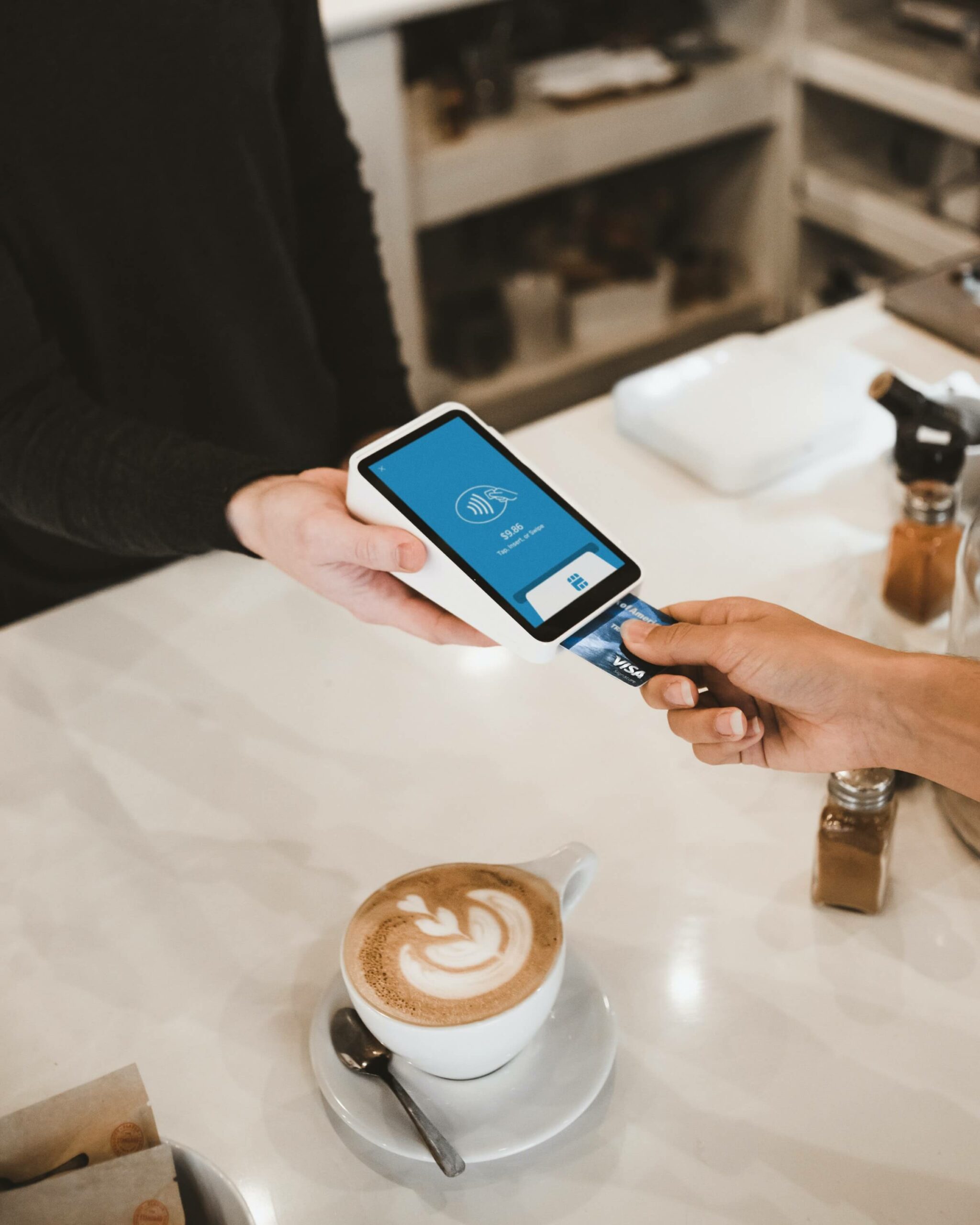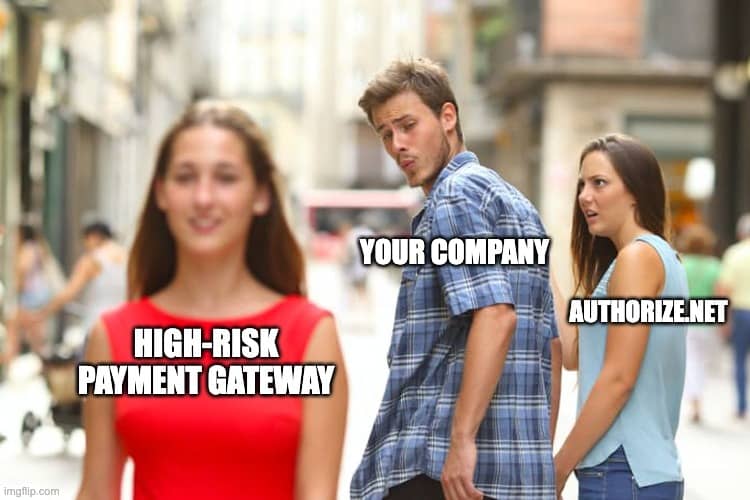Merchant Guide to Credit Card Decline Codes

For both merchants and customers, nothing’s more frustrating than trying to complete a payment transaction only to see a credit card decline code pop up on the screen. Unfortunately, credit card decline codes are a part of daily life for many merchants. The best way to handle them is to learn some of the most-used codes and recognize the common reasons behind them, so you can help your customers get a better grasp of what’s wrong. This level of preparedness will also allow you to offer viable alternative payment methods to your customers so that you won’t lose the sale.
What are credit card decline codes?
During checkout, every credit and debit card transaction requires authorization from the credit card issuer. This authorization, which is known as a credit card response code, is typically a two-digit number confirming that:
- The card is legitimate.
- The customer’s identity is verified.
- There’s enough money on the card to cover the purchase.
However, if there’s a problem with any of these components, a credit card decline code will appear on the screen as the card issuer returns the transaction.
Credit card decline codes can indicate a wide range of issues, from a brief glitch in the system that requires you to try the card again to requesting the card be immediately confiscated due to suspected criminal activity. Unless it’s a quick fix, credit card decline codes may lead to your customer’s purchase declining, leaving you with a missed sale.
If you’ve experienced far too many credit card decline codes in your business, Zenti can help. As a leading high-risk merchant account service provider, Zenti can help you get approved for a full roster of payment processing services, including credit card, debit card, and online payment solutions your company needs for success. With Zenti, you’ll be able to offer your customers a variety of payment options, and you’ll never miss a sale from a declined transaction.
Declined credit card transactions: common causes
Credit card decline codes are issued for a wide range of problems, the most common being:
- Issuer system unavailable (technical glitches in the system)
- Invalid card number (someone entered the number incorrectly)
- Invalid service code
- Invalid amount (didn’t input amount correctly)
- Insufficient funds on the card balance
- Expired card
Credit card companies categorize their reasons for credit card decline codes into four primary categories:
- Authorization issues
- Fraud
- Cardholder disputes
- Processing errors
Are credit card decline codes universal? Yes, and no. Fortunately for merchants, the most common codes are universal for all processors, no matter which type of credit card you use. However, each credit card company also has its own proprietary set of codes.
If you’d like to learn more about credit card decline codes for specific bank issuers, Mastercard has an online Chargeback Guide with a complete list of credit card decline codes and how to interpret them.
Regardless of inconveniences such as declined transactions, credit cards are an absolute necessity for any business. Zenti can help you get approved for all major credit cards and online payments, even if you’ve been denied in the past. By offering your customers multiple convenient payment options, you’ll be able to salvage valuable sales that could have been lost due to transaction declines.
Common credit card decline codes for VISA and Mastercard
This comprehensive list shows commonly used credit card decline codes for VISA and Mastercard, along with recommended solutions:
| Code | Reason | Solution |
| 00 | Approved and transaction completed successfully. | |
| 01 | Refer to issuer: The bank prevented the transaction without giving a reason. | Call the issuer. |
| 02 | Refer to issuer, special condition: Virtually the same as above. | Call the issuer. |
| 04 | Pick up and hold card, no fraud implied: The customer’s bank is telling the merchant to hold the card because it’s either overdrawn or expired. | Call the issuer. |
| 05 | Do not honor: The customer’s bank is instructing the merchant not to accept payment. | Call the issuer. |
| 06 | Other error: Probably a technical glitch that prevented the transaction. | Retry the card, and if the problem persists, call the issuer. |
| 07 | Pick up card, special condition implying fraud: The issuer suspects that the transaction is fraudulent or the card is stolen. | Call the issuer immediately. |
| 10 | Partial approval: The issuing bank is declining part of the payment, likely due to insufficient funds or an overextended credit limit. | Use an alternate payment method. The customer can also make a phone payment to pay down the card balance and free up the credit limit. |
| 12 | Invalid transaction: This could be due to glitches or complicated refunds. | Retry the card, and call the issuer if the problem persists. |
| 13 | Invalid amount: The transaction amount was entered incorrectly, or a non-numerical symbol such as a dollar sign was inadvertently entered. | Retry the card using numbers only. |
| 14 | Invalid card number: The bank claims the card number isn’t valid. In these cases, the number may have been entered incorrectly. | Retry the card. |
| 15 | No such issuer: The first digit doesn’t match the credit card’s issuing bank because it may have been mistyped. | Retry the card. |
| 19 | Re-enter transaction: An error occurred, probably due to information entered incorrectly. | Retry the card. |
| 21 | No action taken: This indicates a technical glitch or the system might be down. Retry the card, and check Downdetector to see if the system is down. | If the problem persists, call the issuer. |
| 25 | Unable to locate record in file: The financial institution can’t be reached, indicating that the system is probably down. | Retry the card, and check Downdetector to see if the system is down. If the problem persists, call the issuer. |
| 28 | No reply/response: An error, such as a technical glitch or a typo in the information entered prevented the transaction. | Retry the card. |
| 39 | No credit account: Duplicate transaction. | Call the issuer. |
| 41 | Lost card, pick up: The card has been reported as lost or stolen. | Call the issuer immediately. |
| 43 | Stolen card, pick up, fraudulent account: The owner has reported the card as stolen. | Call the issuer immediately. |
| 51 | Not sufficient funds: The account has exceeded the credit card limit. | Use an alternate payment method. The customer can also make a phone payment to pay down the card balance and free up the credit limit. |
| 54 | Expired card. | Use an alternate payment method. |
| 57 | Transaction not permitted for cardholder: This happens when a customer tries to use a card in ways that aren’t allowed by the issuing bank, such as in a foreign transaction. | Use an alternate payment method. |
| 58 | Transaction not allowed at terminal: This can mean that the merchant account isn’t configured correctly to the payment terminal. | Retry the card, and call the issuer if the problem persists. |
| 62 | Invalid service code, restricted: The customer is trying to use the wrong card for the wrong terminal (such as a Discover card with a VISA processor) or is attempting to make an online purchase with a card that can’t be used for online payments. | Use an alternate card/payment method. |
| 63 | Security violation: The CVV2, CVC, or CID security code was entered improperly or wasn’t read correctly by the card reader. | Retry the card. |
65 | Activity limit exceeded: The purchase exceeds the card’s credit limit. | Use an alternate card/payment method. |
| 70 | PIN data required: PIN may have been entered incorrectly. | Retry the card. |
| 85 | No reason to decline: The problem can’t be identified, but the transaction still can’t go through. | Try again, then call the issuer if the problem persists. |
| 91 | Issuer or switch inoperative: The payment processor can’t complete the transaction. | Try again, then call the issuer if the problem persists. |
| 92 | Unable to route transaction: The terminal can’t communicate with the card issuer to make the transaction. | Try again, then call the issuer if the problem persists. |
| 93 | Cannot complete transaction due to violation: The issuer has identified a legal violation initiated by the cardholder, and the card has been frozen. | Call the issuer immediately. |
| 96 | System error: Indicates a technical glitch with the bank’s or merchant’s payment processor. | Try again, then call the issuer if the problem persists. |
| R0 or R1 | Customer has stopped a recurring payment: The customer has asked to stop a recurring payment that you’re processing (such as a subscription). | To avoid chargeback fees, immediately cancel all future payments for this account, and if a contract has been broken, call the customer. |
| CV | Card type verification error: The card reader can’t verify the card, possibly due to problems with the magnetic strip or the chip. | Wipe the strip with a soft cloth and try again, or manually key the number. Call the issuer if the problem persists. |
| W1, W2, or W9 | Error in connecting to the bank: This may mean an outage. | Check Downdetector to see if there are any internet problems with the credit card company, and if not, contact the issuer. |
These are just a handful of credit card decline codes commonly used in the industry. American Express and Discover have similar credit card decline codes, which you can also find online.
Declined transactions and chargebacks
Unfortunately, credit card decline codes can also lead to chargebacks, which occur when the credit card company cancels the transaction and refunds the customer. Too many chargebacks can wreak havoc on your business, lowering your revenues and damaging your merchant status. And if the chargebacks continue, banks and payment processors may view you as a high-risk business.
If your business has suffered because of too many chargebacks, Zenti can help you get the payment processing services you need to retain your customers. With Zenti, you’ll be able to accept all major credit cards, plus convenient online payments, allowing you to receive a wide range of alternative payment options if a customer transaction declines. Plus, Zenti can help you streamline your customer accounts to mitigate chargebacks and monitor fraudulent activity with every transaction.
Tips for handling credit card decline codes
- If a credit card is declined and it’s imperative that the customer calls the issuer (such as in cases of suspected fraud), do everything you can to persuade the customer to make the call immediately.
- If a transaction is declined, encourage the customer to use a different card or another payment method rather than abandon the purchase.
- Offer exemplary customer service throughout the transaction. By being as helpful as you can, you can go a long way toward salvaging the sale.
It’s unavoidable — no matter what you do, you’ll always have to deal with a certain number of credit card decline codes as a merchant. But by staying alert, offering excellent customer service, and providing multiple payment options for your customers, you can mitigate the number of lost sales and retain even greater customer loyalty and retention for your business.
Tired of seeing so many credit card decline codes? Zenti can help. As a leading provider of payment processing services for high-risk merchant accounts, Zenti can help you get approved for all major credit cards, including Mastercard, VISA, American Express, and Discover, plus convenient e-check and mobile app payments for your customers. This way, you’ll always be able to offer a full roster of payment options at processing fees your business can afford. In addition, Zenti can help you manage your accounts with solutions to streamline your monthly invoicing and billing.
Contact Zenti to find out how we can provide you with a full roster of secure, affordable payment processing solutions to take your business to the next level of success.
Read Next

Find out whether Authorize.Net works for high risk merchants, what restrictions you might face and how to get approved.

Get expert advice on selling CBD products on Shopify, including compliance tips and setting up secure payment options.

Find out why Square may deactivate merchant accounts and steps to resolve issues and maintain uninterrupted payment services.
Need a High-Risk Merchant Account?
Disruption-free payment processing at the best price for your situation, guaranteed.
Get Free Guidance Now!